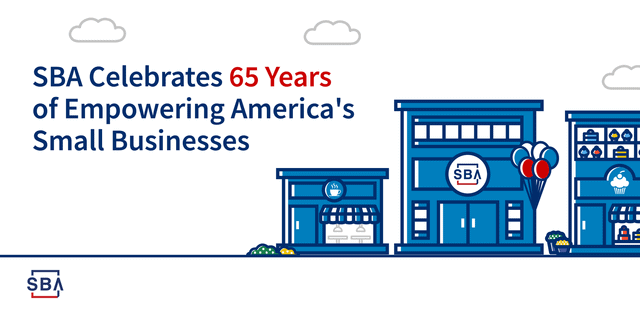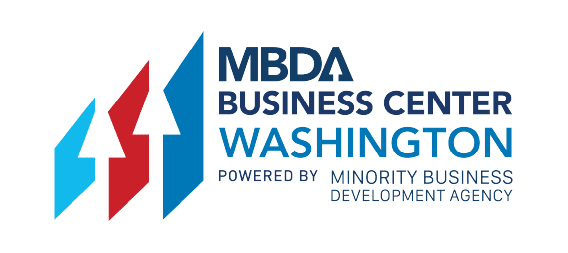10 Things You Didn’t Know About the SBA
Billions of dollars in small business loans and government contracts, and millions of new jobs later, the Small Business Administration (SBA) continues to play a vital role in spurring economic development and growth, all in the span of 65 years of its existence. In his article, Jeremy Field, SBA Regional Administrator of Pacific Northwest, celebrates the innovation and pioneering of small businesses in the Northwest, and SBA’s contribution to help their success. SBA continues to connect small businesses with the resources needed at various stages of the business lifecycle. Here are 10 things you didn’t know about the SBA:
- The “grandparent” of the SBA, the Reconstruction Finance Corporation (RFC). Created by President Herbert Hoover in 1932 to alleviate the financial crisis of the Great Depression. The SBA was officially founded July 30, 1953 by President Dwight Eisenhower, 20 years later.
- The SBA isn’t an association and you don’t need a membership. It’s a Cabinet- level federal agency.
- Has many National Brands; Ben & Jerry’s, Columbia Sportswear and Chobani Yogurt. Each used SBA services to help them grow when they were small.
- After a disaster, the SBA provides low-interest disaster loans to small businesses, nonprofits and home owners.
- An independent Office of Advocacy that listens to small business and industry concerns regarding burdensome federal regulations belongs to the SBA. The voice for small businesses are the regional advocates. They propose recommendations to the White House, Congress and federal agencies.
- Provided by the SBA is a no-cost small business mentoring and advising through a resource partner network of business experts. Also, no- and low-cost trainings to help entrepreneurs with topics like finance, marketing, business certifications and taxes.
- A variety of loan programs provided by the SBA range from $500 microloans to $5.5 million loans. They can be used for startup costs, equipment, commercial real estate, lines of credit, refinancing and other uses.
- The SBA helps small businesses win government contracts through a variety of small business certifications. The SBA even publishes an annual scorecard that assesses how well federal agencies reach their small business contracting goals.
- The SBA provides a variety of resources and services to help businesses expand into international markets because two-thirds of the world’s purchasing power is in foreign countries.
- The SBA uses programs like the Small Business Innovation Research (SBIR) program to support America’s innovators. This annually provides $2.5 billion in research and development funding to commercialize innovative technologies.
Read the full article by Jeremy Field here.


